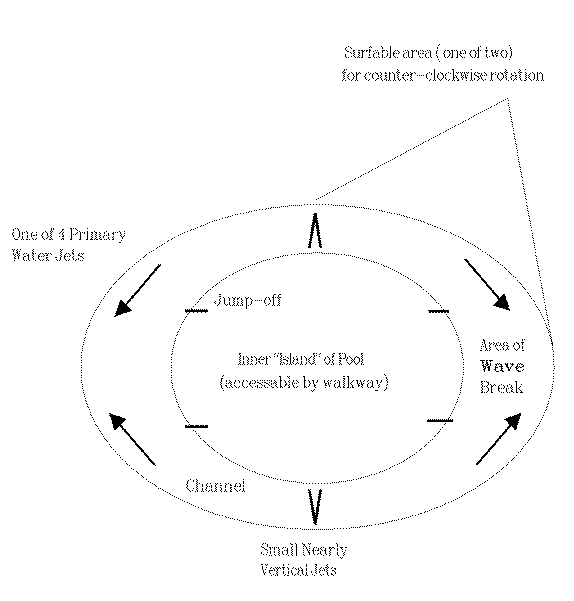
Figure 1 - The Pool
Note: You may need significant memory for the figures)
Gabrielson Break - A New Approach to Wave Pool Design
Bruce Gabrielson, PhD
Chesapeake Beach, Maryland
September 11, 1995
Introduction
This paper describes a significantly different design approach for inland wave pools used for surfing, bodyboarding, or kneeboarding. It can sustain continuously breaking waves of varying shapes and can be operated and built at less expense than existing pools. The disadvantage to the design is that the pool created is not easily usable for swimming or other aquatic recreation activities. In addition, at least one safety concern may be an issue.
What is It
The pool consists of a semi-rounded channel as shown in Figure 1. Water continuously pumped from various pool positions is used to create circulation and wave conditions. Depending on the direction of water flow, water is input to the pump through bottom intakes located downstream from primary (major) break areas.

Figure 1 - The Pool
Surfers enter the water from the insertion point just upstream of the major break area, and exit downstream. Exiting is accomplished by surfing or floating past the bottom of the major break to an exit stairs or ladder arrangement. Should a surfer loose control and fall, the current will immediately carry him/her past the primary break to the exit area. However, falling off your board near the top of a primary break will likely cause the board and surfer to be carried over the falls. Going over the falls in this pool should not be a safety issue. Surfers always enter or exit the pool from the inner island.
Two sections of the pool can be surfed at any one time as shown in Figure 2. The arrangement will provide the two waves shaped directly as a result of speed of the jet, speed of the water, and amount of water in the pool.
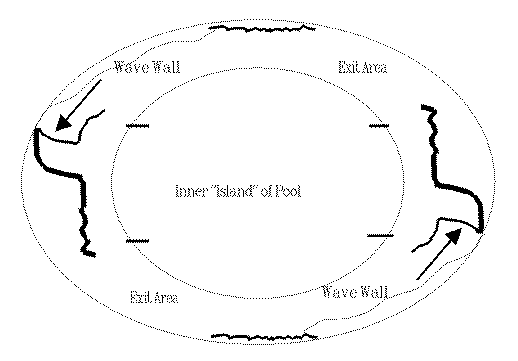
Figure 2 - Pool Showing Breaking Areas
Theory of Operation
Jets of water impacting the uniquely curved pool wall from various angles as shown in Figures 3 and 4, will create a shaped breaking wave on the upper section of the moving wall of water. Figure 5 shows the outer top of the pool wall, with the area of the primary break and the area of the secondary break higher than other parts of the wall. These areas will also be slightly deeper than other areas of the pool.
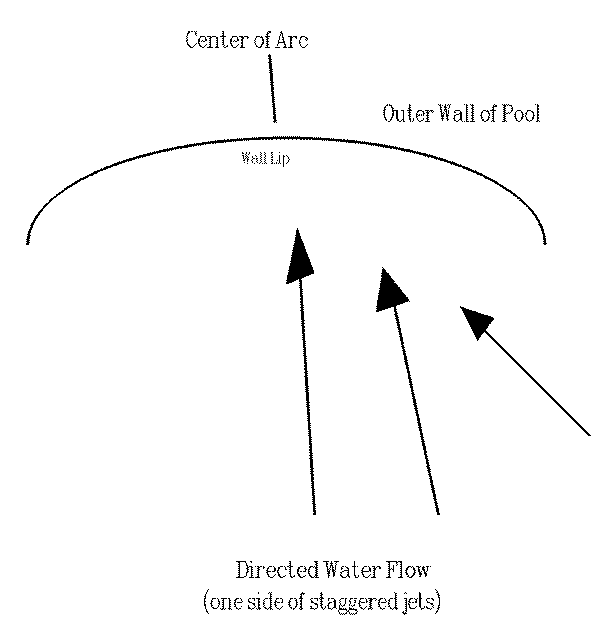
Figure 3 - Injected Water Flow From Jets
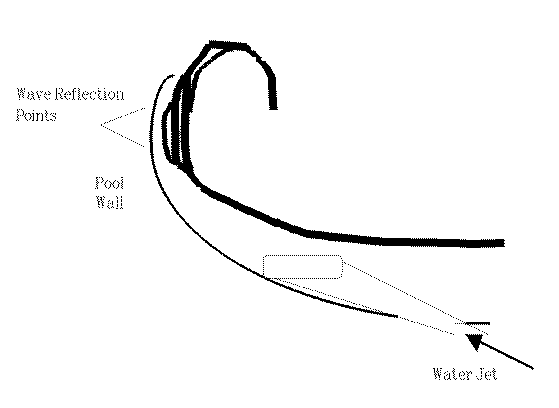
Figure 4 - Wave Reflection Causing Break
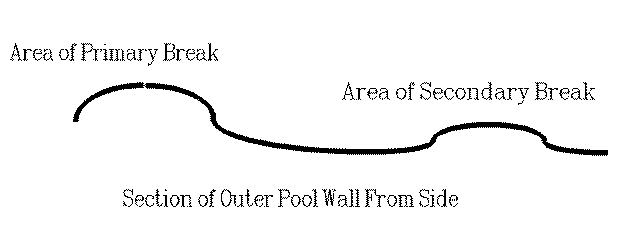
Figure 5 - Outline of Top of Pool's Outer Wall
Water can be circulated in the pool in a clockwise or
counterclockwise direction, creating a slanted wall of water
suitable for surfing either frontside or backside. The faster
the flow, the steeper the wall, and the faster the surfer will
need to move to avoid being caught by the breaking wave.
Safety Weakness
One part of the design which could pose a safety issue to inexperienced surfers is the upper area of the moving wall. Unless a standing wave is created at some distance out from the pool wall, there will be no lip on the wave except for the area immediately adjacent to the breaking section. A surfer moving too high on the wave face could hit the side of the pool.
If cost is not the prime concern, a standing wave (a lip) can be created at a distance of one to two feet from the pool wall by using a series of small water jets located just below the water wall's surface when circulation is present. The design, shown in Figure 6, would also tend to prevent either a board or a surfer from washing into the pool wall if caught in the flow from one of the bottom jets.
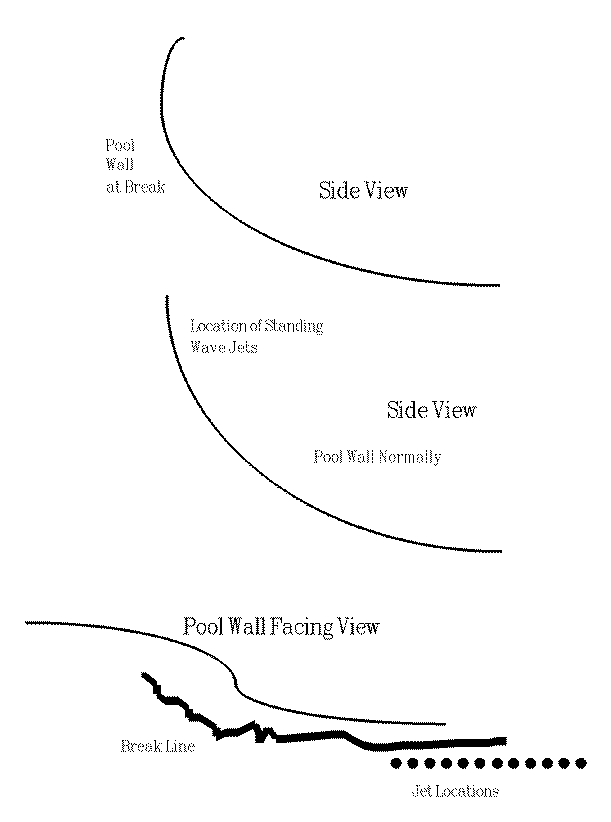
Figure 6 - Generation of a Standing Wave
Another possibility of creating a lip is some combination of vertical jets in the wall and a pool wall design which can reflect the generated wave. Wave theory regarding wave reflection is fairly straight forward. The problem is the thickness of the water wall. If it is possible to keep the top of the water wall thick enough to avoid catching a skag on the pool wall, yet thin enough to allow the formation of a standing wave without significant water jet use, than the ultimate wave pool is possible.
Current Research
Current research in this design is oriented towards solving the standing wave problem. While the pool will work without a standing wave, this lack of a lip will limit one aspect of the full range of maneuvers possible on a natural wave. A computer model for experimenting with standing wave formation is in process. Researchers interested in working on this problem are welcome.
To reach author send email.
Update Note: In 2003, Surf City Texas developed a commercially viable pool using some of the technology identified in this article.